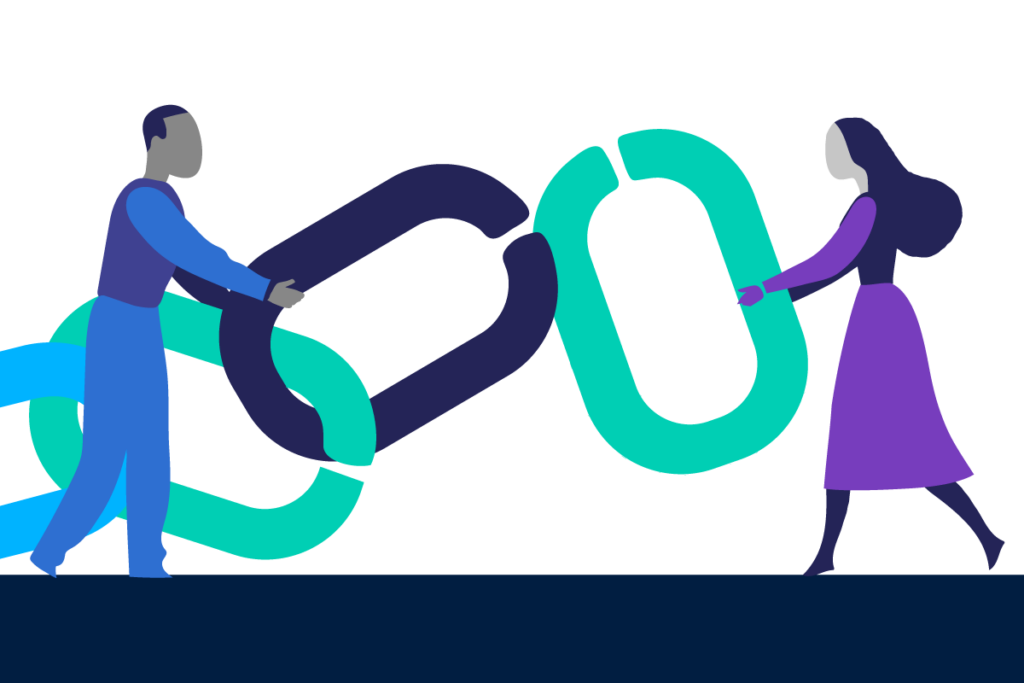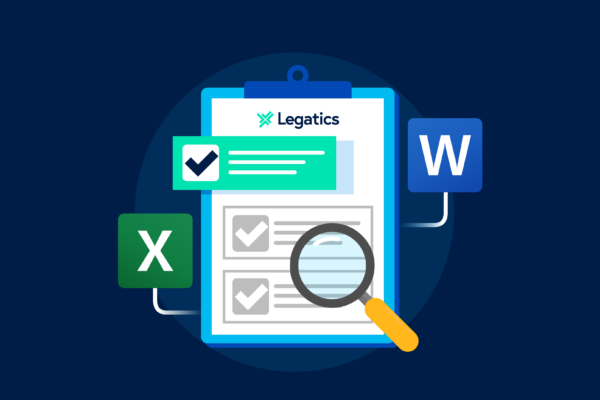We explore four ways in which Legatics can help lawyers streamline restructurings
With 2023 shaping up to be another unpredictable year for business, restructurings are set to continue. Restructurings bring many challenges for lawyers, such as managing documents, signing documents, and creating closing sets. In this article, we explore how Legatics helps lawyers manage restructurings more easily and conveniently – all in one place.
Restructuring challenges for lawyers
Restructuring projects are complex, involve many stages, and can span multiple jurisdictions. As such, there are some common challenges for lawyers working in this area. Here are four typical problems lawyers face with restructurings and how Legatics can help:
Problem 1) Creating and managing lists
Compiling and managing document lists, completion checklists, and step plans is time-consuming and laborious when done manually. As essential as these lists are, putting them together and keeping them up to date can be a thankless task.
Solution:
Legatics helps lawyers create lists quickly and easily. With our legal text import tool, the ability to import from Word and Excel, and 40+ template lists covering every practice area, you can build your ideal digital list in a matter of minutes! Once you’ve created your perfect list, reusing it is simple thanks to our ‘Start from another list’ feature, which allows you to quickly copy a list from the same or a previous matter. Additionally, our lists include flexible columns that you can add, remove, rename, resize, and reorder as needed.
Problem 2) Managing documents
In many law firms, legal documents exist in a range of formats and in several locations, such as emails, print copies, and document management systems. They’re also stored in various places, making it difficult to find the latest version and obstructing collaboration.
Solution:
With Legatics, all of your documents are held conveniently in one place. This gives you total visibility over them and a full document history, complete with version numbers.
Problem 3) Signing documents
The process for signing documents is often multi-stage and disconnected, resulting in increased execution risk. Keeping signing checklists updated is another manual administrative task.
Solution:
Every list in Legatics comes with a signing view, allowing you to see all of your signing documents at a glance. You can also set up parties and signatories in advance of signing, push them to DocuSign (where the signing takes place), track signing progress by party and signatory, and locate completion certificates with ease. This saves you the time and effort of creating and maintaining a signing checklist, while giving you complete visibility over signing status.
Problem 4) Creating closing sets
Putting a closing set together manually is prone to human error and time-consuming. Gathering everything from multiple locations for a complex restructuring project can take weeks, and creating closing sets for multiple participants can take even longer.
Solution:
With Legatics, all of your documents are at your fingertips – in your digital lists! This gives you a strong starting position to create your closing set, as you won’t need to spend hours searching for documents or worrying about version control. With the click of a button, Legatics will convert your documents into a closing set. You can then fine-tune it and share it with other parties, as required.
Why not try it for yourself?
Legatics offers several features to help law firms manage large-scale transactions. For complex restructurings, using Legatics can significantly reduce the associated admin work. If you’d like to learn more about how Legatics can help you manage restructurings, book a product demo today!









